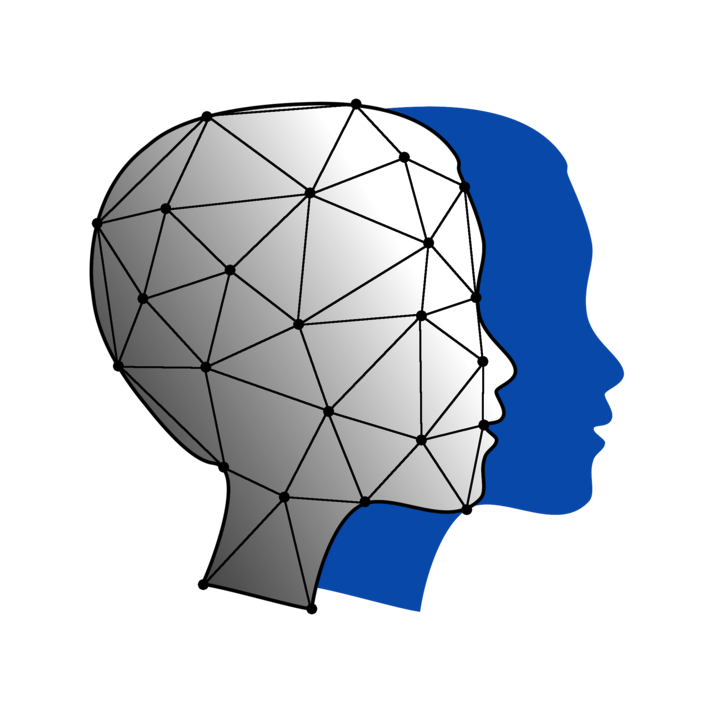Data Analytics in Medicine (DAIM)
Images Overview
Introduction
- Welcome to the Data Analytics in Medicine (DAIM) course!
- In the coming weeks, we will be covering a range of topics from basic data visualisation all the way up to machine learning.
- There is a lot of exciting material to cover, so let’s jump straight in.
Introduction
As always:
- Please let one of the team know if you have any questions during the course or any suggestions for improvement.
Overall Course Aim
- To broaden your Python skills into fully-fledged and practical experience that can be used to:
- Undertake research
- Improve clinical services via smart audit
- Build new next level clinical tools
- And most importantly, to directly improve patient care.
Overall Course Philosophy
- I set up this course as I want to accelerate the process of learning to code as a clinician after my own experiences.
- The massive range of resources online can be intimidating.
- Knowing how to improve your coding skills can be difficult.
- We want people to leave this course with a toolkit to enable solving real world clinical problems.
- We also want to improve the quality of cross-disciplinary work.
Tips to gain the most from DAIM
- Practice, practice, practice
- Unfortunately, there will be times when learning to code can get a little frustrating. But remember, we are here to help you through these hurdles.
- Finding resources
- Code documentation
- Stack Overflow forum
- GitHub code
Course breakdown
- The course is split into multiple modules which each cover a different area.
- Each module is split into:
- Seminars - Lecture-style talks and discussions of the topic for the week.
- Workshops - Practical exercises via
Workbooksto gain hands-on experience, guided by direct or indirect support of our experienced tutors.
- The workshops will use Jupyter Notebooks within Google Colab to deliver the content.
5-minute open discussion
- Questions:
- What incentive did you have for signing up for this course?
- What is the one skill that you are hoping to gain?
Break!
Learning Levels
- We’ve created a set of learning levels (LLs) for this course:
- Level 1 - Basic Practical Skills (coding skills)
- Level 2 - Theory (modelling skills)
- Level 3 - Project Planning and Management
- Level 4 - Clinical Translation
Module 2 - Course Introduction
- Seminar content will include:
- Aims and objectives of the course.
- Overview of resources to use throughout the course.
- Clinical applications of programming.
Module 2 - Core Python for Image Processing
- Seminar content will include:
- How images are digitally represented.
- Basics of multiple Python packages.
- PIL, a Python library for working with images.
- NumPy, a Python library for working with large structured data.
- Workshop content will include:
- How to access and render different types of image data.
Module 3 - Python and DICOM
- Seminar content will include:
- What the DICOM standard is (think X-rays and CTs)
- How computers represent scan data
- What data is in a DICOM file
- Workshop content will include:
- Opening and rendering DICOM with Python
- Extracting demographics from DICOM
Module 4 - AI for Medicine
- Seminar content will include:
- Different types of “machine learning”
- The practical steps needed to take an idea to reality
- Discussing advantages and limitations of these algorithms
- Workshop content will include:
- Preprocessing data for training
- Constructing, training, and evaulating a basic neural network for pneumonia detection on CXR
Course Timeline
- TODO (Make this when the updated course layout is better specified)
Course Feedback
- We will be asking for course feedback to allow us to refine the course for further cohorts.
- Please fill this out at the start and end of the course.
- Please include honest feedback! Only with honest feedback can we further improve this course.
Note - Terminology
- We will be using the term “programming” in this course to prevent confusion with:
- Clinical coding - SNOMED-CT, ICD-10, etc…
- Patients coding - crash trollies, etc…
Thank you!
Any questions?
